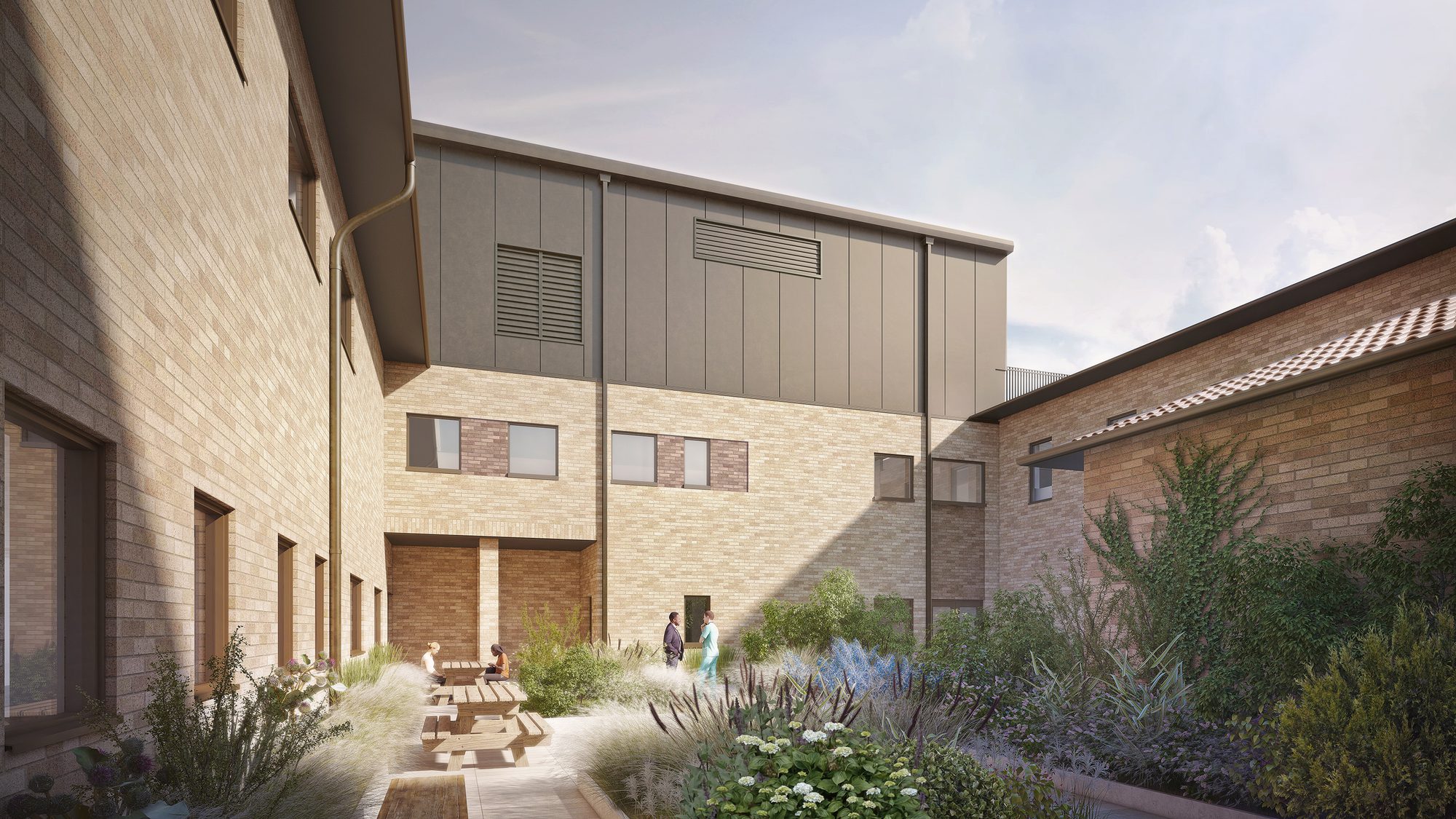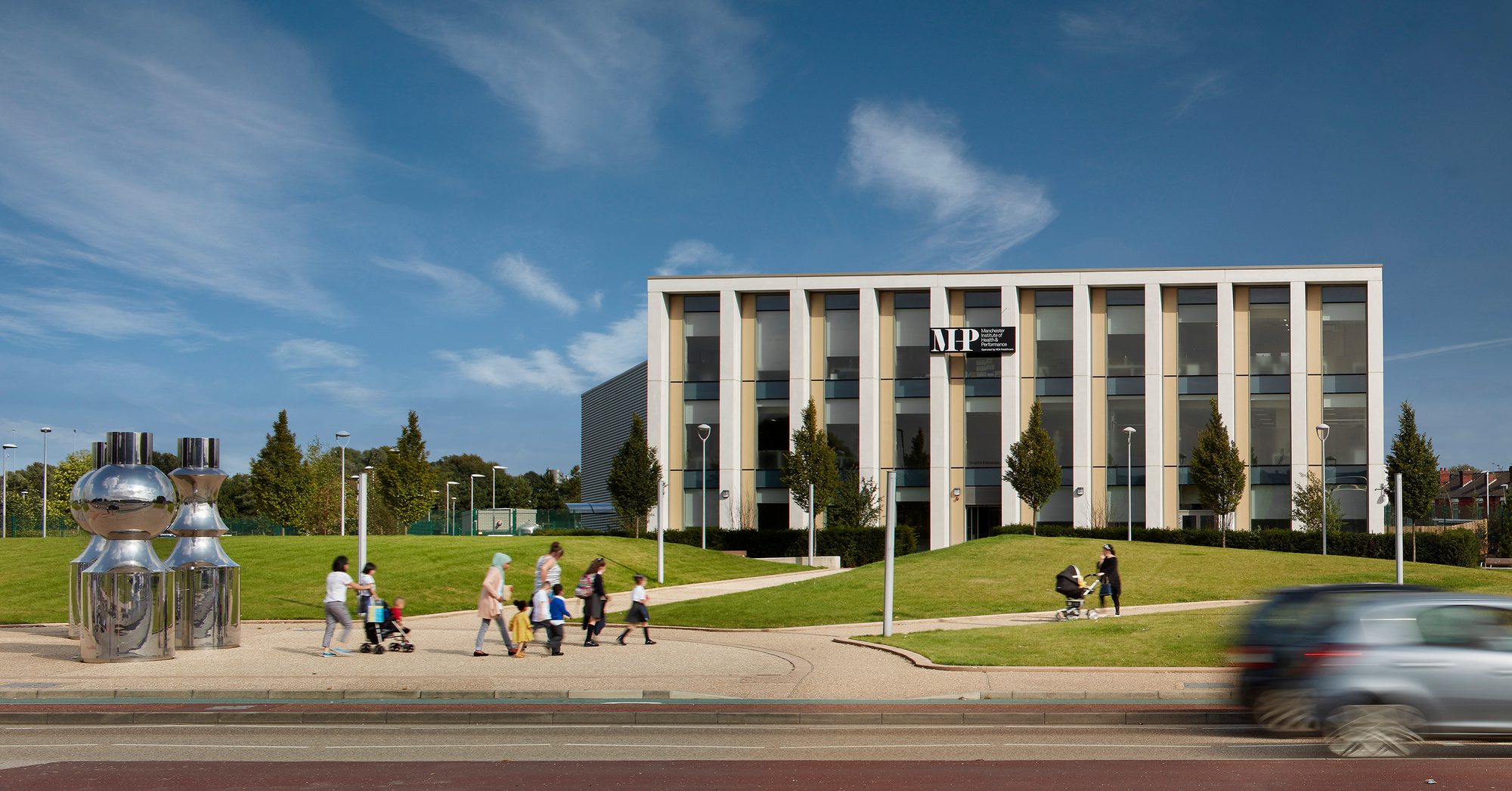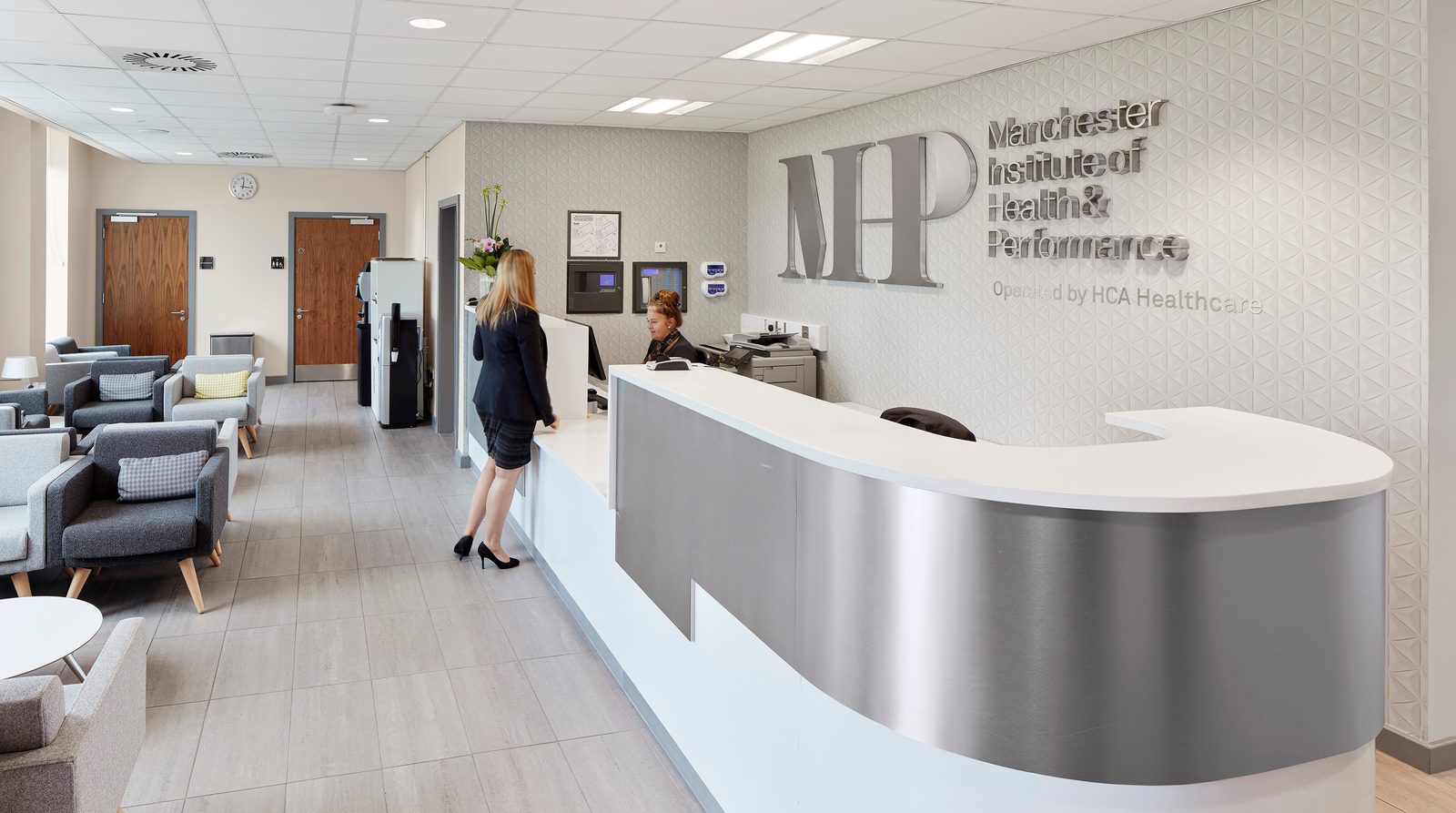Thought Leadership
How the 2024 Budget will transform NHS spaces and community access
by Victoria Shepherdson
Associate Director, Architecture
In this week’s Budget, the Chancellor Rachel Reeves confirmed eagerly awaited investment aimed at reshaping the future of the NHS.
This aligns with the government’s ambitions to alleviate the pressure on healthcare facilities and support the infrastructure needed to deliver services.
The £22.6 billion announced is an unprecedented increase to the NHS’s funding to boost day-to-day healthcare alongside a further £31 billion dedicated to capital improvements. These investments mark the largest funding boost outside of COVID-19 since 2010.
A long-term vision for NHS infrastructure and efficiency
Whilst a positive step forward the NHS still faces significant challenges to secure critical infrastructure and tackle backlog maintenance. Included in the Budget was £1 billion to address the critical repairs backlog. This is a long way short of the £13.8 billion needed to eradicate the total backlog according to NHS provisional summary of its 2023/2024 Estates Return Information Collection1.
Alongside immediate funding allocations, the Chancellor outlined a 10-year strategic plan for the NHS which will be detailed in the new year. This plan will seek to address systemic issues while implementing solutions to drive efficiency, reduce waiting times, and increase capacity. At the heart of this is an emphasis on meeting the healthcare demands of a growing and aging population and providing care through settings that reduce strain on high-demand acute hospitals.
To achieve this in the current healthcare estate will require imagination and ingenuity – such as converting under-utilised administrative space in to a new elective care hub, as we did at Princess Royal Hospital, which has enabled the trust to increase the number of day case operations carried out whilst improving waiting times for patients.
Embracing a “Close to Home” approach
The Budget announcement sets a goal for expanded healthcare infrastructure through projects that combine community health, diagnostics and outpatient surgical services, delivered closer to patients’ homes and tailored to the needs of the local community.
Reeves’ committed to providing 40,000 additional weekly appointments in the NHS which reflects the urgent need to reduce backlog and ease hospital congestion. Diagnostic imaging is expected to be a focal point of this funding, enhancing the capability to identify and treat conditions at early stages, which supports a proactive healthcare approach.
Preventative care is the foundation of sustainable healthcare. By prioritising facilities that offer early diagnostics and are rooted in the community, we can reduce the need for acute interventions and promote healthier, longer lives. Our experience in developing healthcare environments that merge community, teaching and clinical spaces can help support trusts deliver these “close to home” facilities.
Creating healthcare environments that serve their communities effectively requires us to prioritise flexibility and sustainability in every aspect of design.
With this new NHS funding, we have an exciting opportunity to design facilities that not only meet immediate healthcare needs but can be adaptable enough to respond to future challenges, from evolving patient care models to new technologies.
Projects such as elective day-surgery hubs, Community Diagnostic Centres (CDCs), and community hospital beds serve as decentralised points of care that are vital for delivering preventative health services, an approach included in Lord Darzi’s recommendations for modern healthcare. These facilities not only ease the burden on large hospitals but also provide patients with more accessible, specialised care in familiar community settings.
We have integrated community health services and training facilities at The Manchester Institute of Health and Performance (MIHP). This provides a forward-thinking healthcare facility, modern diagnostic technology and sports medicine and education, all in one location.
Integrating technology for future-ready healthcare spaces
One of the core principles guiding this funding injection is technological integration, emphasising the shift from traditional “diagnose and treat” models to future-focused “predict and prevent” approaches2.
Lord Darzi’s report highlights this shift as a critical alongside the need for facilities equipped with advanced diagnostic tools and AI-assisted technologies that can deliver faster, more precise care.
Community-centric design and mixed-use spaces
Another significant inclusion in the announcement is the investment in mixed use developments. The budget prioritises settings where primary care services, teaching facilities and training hubs can combine, creating environments that support healthcare delivery alongside education and community services.
Our work with the NHS in Huddersfield at the Emily Siddon Building looks to pioneer healthcare professional training alongside NHS collaboration. A joint venture between Calderdale and Huddersfield NHS Foundation Trust and the University of Huddersfield, this specialist facility provides CDC services alongside health innovation, teaching in radiography and the capacity for further health trust clients.
 Health, education, innovation and community in one space
Health, education, innovation and community in one spaceMeeting sustainability and efficiency goals
This investment also comes with high expectations for NHS efficiency gains—targets that require sustainable design and estates management strategies. Healthcare providers must meet the government’s targets for reduced energy consumption and operational costs. Our retrofit toolkit for decarbonisation can help trusts identify and prioritise the opportunities to achieve these goals while creating spaces that support patient health and environmental priorities.
Investing for the future NHS
The investment strategy outlined in the 2024 Budget is a positive step toward a more resilient NHS. Its goal is to meet the growing demands of modern healthcare through forward-thinking facilities and the delivery of care that is patient centred.
Not only a financial boost, it is also an opportunity to reimagine healthcare spaces in ways that promote accessibility, efficiency and adaptability. With our deep understanding of healthcare spaces, we can partner trusts in this transformation designing the future of healthcare – spaces that support early diagnostics, preventative care and offer patients accessible, community-based treatment.
As more elective care services are moving into the community, we are helping our clients manage the shift from a reactionary healthcare model to a more preventative one. Discover more here.
References
1. Estates Returns Information Collection, Management Information - Provisional Summary Figures for 2023/24 - NHS England Digital: https://digital.nhs.uk/data-an...
2. Independent investigation of the NHS in England: https://www.gov.uk/government/...
Share on
Related Articles

Thought Leadership
Decarbonisation and the future of the healthcare estate
Decarbonising the NHS hospital estate presents significant opportunities, as well as challenges, as we strive to create a greener and more sustainable healthcare sector.
Date: 8 Oct 24
by Gareth Banks
Director, Architecture

Thought Leadership
Repurposing the NHS estate: Transforming healthcare spaces for the future
To deliver our current and future healthcare needs, the transformation of their vast estate is a key priority for the NHS.
Date: 30 Sept 24
by Gareth Banks
Director, Architecture

Practice News
We're shortlisted for Architectural Practice of the Year at this year's Healthcare Estates IHEEM Awards
We’re so pleased to be amongst the shortlisted for this coveted award, celebrating the very best in originality, innovation and quality in healthcare estates.
Date: 22 Aug 24
by AHR

Practice News
We're pleased to announce that we have been appointed to HealthTrust Europe’s Consultancy Solutions and Advisory Services Framework
The national framework is approved for use by the NHS and is operated by HealthTrust on behalf of Mid and South Essex NHS Foundation Trust.
Date: 17 Oct 24







